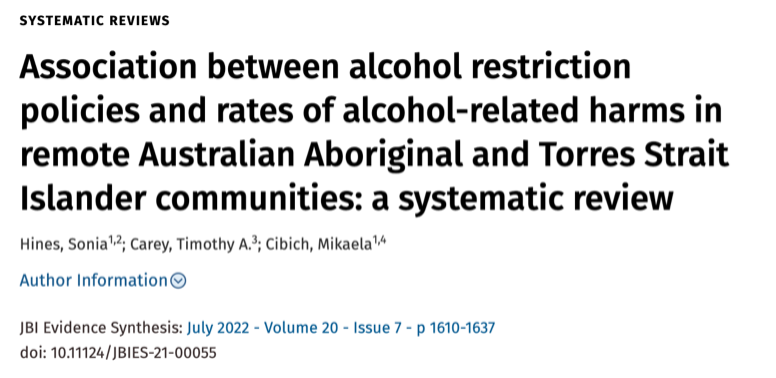
The latest issue of the JBI Evidence Synthesis journal is out now and includes THREE diverse evidence syntheses, each employing a different #JBIMethodology. 

A qualitative systematic review aims to identify, critically appraise, and synthesise the available evidence on the experiences of people with progressive memory disorders who are involved in non-pharmacological interventions: journals.lww.com/jbisrir/Abstra… 

Qualitative methods & data are increasing in usage in #EBHC research. Instead of quantifying or statistically portraying the data or findings, qualitative research focuses on individuals & gives voice to the patient/client or provider in the healthcare decision-making process.
An umbrella review aims to identify the effectiveness of healthcare tech that can facilitate remote rehab for adults with deconditioning, musculoskeletal conditions, stroke, or traumatic brain injury: journals.lww.com/jbisrir/Abstra… 

Umbrella reviews offer the possibility of addressing a range of issues related to a topic of interest. The wide picture obtainable from the conduct of an umbrella review can highlight if the evidence around a topic is consistent, or if contradictory, exploring & detailing why.
Finally, a scoping review describes the provision of a family support role as part of a rapid response to a medical emergency.
journals.lww.com/jbisrir/Abstra…
journals.lww.com/jbisrir/Abstra…

Scoping reviews are conducted when the author is more interested in the identification of certain characteristics/concepts in sources of evidence, & in the mapping, reporting or discussion of these characteristics/concepts, rather than asking a precise clinical question.
To learn more about the rigorous JBI methodologies that are used in these 3 systematic reviews, check out the JBI Manual for Evidence Synthesis: jbi-global-wiki.refined.site/space/MANUAL 

All systematic reviews published in JBI Evidence Synthesis use JBI's gold standard methodology. See the latest issue of JBI Evidence Synthesis for these systematic reviews, and more: journals.lww.com/jbisrir/pages/… #JBIEBHC #JBIMethodology 

• • •
Missing some Tweet in this thread? You can try to
force a refresh
















